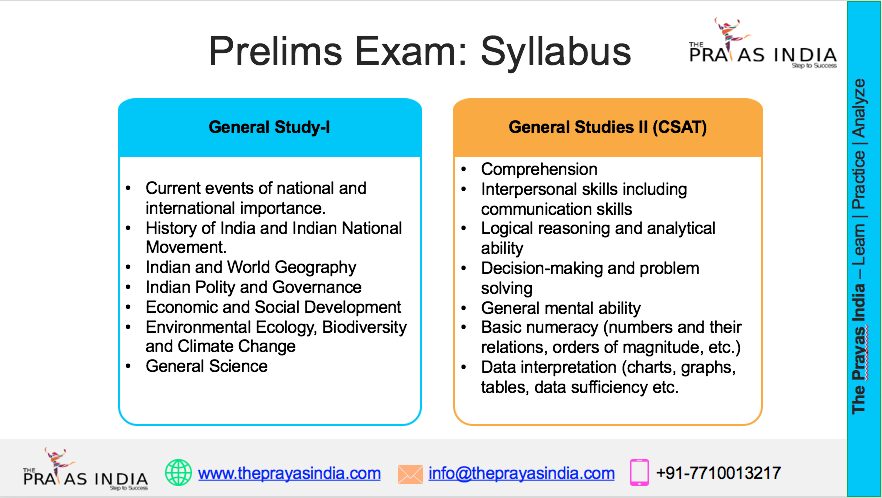The Bharatiya Antariksh Station (BAS) Project by ISRO: India’s Ambitious Leap
India’s space exploration ambitions soared to new heights with the recent unveiling of the first module of the “Bharatiya Antariksh Station” (BAS) by the Indian Space Research Organisation (ISRO). This groundbreaking announcement positions India firmly among the nations aiming to establish a robust, indigenous presence in low Earth orbit. The project aims to launch its first orbital module by 2028, with the complete space station expected to be fully operational by 2035. As India takes this decisive step, let’s explore the vision, impact, and future potential of the Bharatiya Antariksh Station.
The Genesis of the Bharatiya Antariksh Station (BAS)
Space stations are the ultimate symbol of high scientific achievement and national capability in space technology. For decades, spacefaring nations have recognized that establishing and maintaining an orbital laboratory enables long-term scientific research and the advancement of technologies essential for deep-space missions. The International Space Station (ISS) and China’s Tiangong space station exemplify this unique class of platforms.
ISRO’s Bharatiya Antariksh Station, often dubbed ‘BAS’, is India’s bold answer to these global champions. As per ISRO’s roadmap, the first BAS module will be launched in 2028, and progressively, new modules will be added until the station becomes fully operational by 2035. This phased approach demonstrates ISRO’s practical strategy, blending indigenous research, international benchmarks, and operational readiness.
Key Features and Vision of BAS
1. Indigenous Capability
At its heart, BAS is a showcase of India’s “Atmanirbhar Bharat” (self-reliant India) mission. The entire design, development, assembly, and deployment will be led by ISRO and Indian industry partners. This ensures both the safeguarding of proprietary space technology and the growth of a robust domestic aerospace sector.
2. Platform for Advanced Research
The BAS will be a floating scientific laboratory, supporting:
- Microgravity Research: Scientists will conduct experiments that can only be performed in the microgravity or “weightless” conditions of orbit. These studies could revolutionize materials science, biological sciences, and medical research.
- Technology Testing for Deep Space: BAS will allow ISRO to trial new life support systems, advanced propulsion, space habitats, and instruments necessary for sustained human presence in space—key for future lunar or planetary missions.
- International Collaboration: BAS may eventually open its doors to research partners from friendly nations, reinforcing India’s status as a global scientific leader.
3. Catalyst for Human Spaceflight
Since the success of the Chandrayaan and Mangalyaan missions, Indian ambitions have progressed toward human spaceflight. The Gaganyaan mission will send Indian astronauts into low Earth orbit, providing direct experience and vital data for BAS’s human-centric design. The station will be a stepping stone for training Indian astronauts for long-term missions and for possible participation in deep-space exploration.
4. Industrial and Educational Boost
The BAS program will encourage significant investment in India’s private sector, fostering start-ups, SME suppliers, advanced manufacturing, and research institutions. Universities and students will benefit from collaborative projects and access to unparalleled data, further nurturing the next generation of Indian scientists and engineers.
Milestones and Roadmap
- 2028: Launch of the first module using indigenously developed rockets, likely an advanced version of the GSLV or the upcoming Next-Gen Launch Vehicle.
- 2028–2035: Addition of further laboratory, habitat, and power modules, achieving operational status by 2035.
- Gaganyaan Synergy: Lessons and technologies from India’s first crewed mission will be integrated into the BAS program.
- Ground Infrastructure: New tracking, mission control, and launch facilities will be constructed to support long-term operations and module assembly.
Scientific and Strategic Significance
National Prestige and Security
BAS elevates India into the elite spacefaring group with continuous human presence in orbit, a matter of both national pride and strategic significance. The capability to operate a sovereign space station provides opportunities for space-based surveillance, disaster management, and independent scientific research.
Global Collaboration
As ISS approaches the end of its operational life and China’s Tiangong station stands as the only active competitor, BAS can become a hub for international cooperation, particularly among Global South nations. Sharing facilities and hosting astronauts from other countries will enhance India’s diplomatic and technological standing.
Technological Spin-offs
Experience from BAS will trigger advancements in robotics, medical technologies, AI for autonomous operations, advanced materials, and environmental monitoring—technologies with wide-ranging applications for the Indian economy and society.
Challenges Ahead
Creating an Indian space station is a monumental task. Challenges include developing reusable launch systems, maintaining life support and safety, ensuring modular docking, resupply logistics, and training astronauts. Funding, technology transfer, and global partnerships will also play critical roles.
ISRO has displayed time and again that careful planning, innovative thinking, and perseverance can overcome the odds. The phased approach, leveraging experience from earlier missions, positions ISRO well to deliver on the BAS promise.
Conclusion
The Bharatiya Antariksh Station is more than a scientific platform; it is a symbol of India’s ambition, ingenuity, and resolve to occupy a central place in the future of human space exploration. As the world turns its eyes to new frontiers, India’s pursuit of its own orbital station signals a new era of ‘Space Made in India’—and offers inspiration to generations of dreamers, researchers, and innovators.




![Prayas-तेजस [UPSC CSE Sociology Optional] – Online & Offline](https://theprayasindia.com/wp-content/uploads/2025/09/Prayas-तेजस-UPSC-CSE-Optional-Subject-The-Prayas-India-300x300.png)
![Prayas-सूत्र [UPSC CSE Materials (Hardcopy)]](https://theprayasindia.com/wp-content/uploads/2025/09/Prayas-सूत्र-UPSC-CSE-Study-Materials-Hardcopy-The-Prayas-India-300x300.png)
![Prayas-मंत्रा [UPSC CSE CSAT]](https://theprayasindia.com/wp-content/uploads/2025/09/Prayas-मंत्रा-UPSC-CSE-CSAT-The-Prayas-India-300x300.png)
![Prayas सारथी [UPSC CSE One on One Mentorship]](https://theprayasindia.com/wp-content/uploads/2025/09/Prayas-सारथी-UPSC-CSE-One-on-One-Mentorship-The-Prayas-India-300x300.png)










